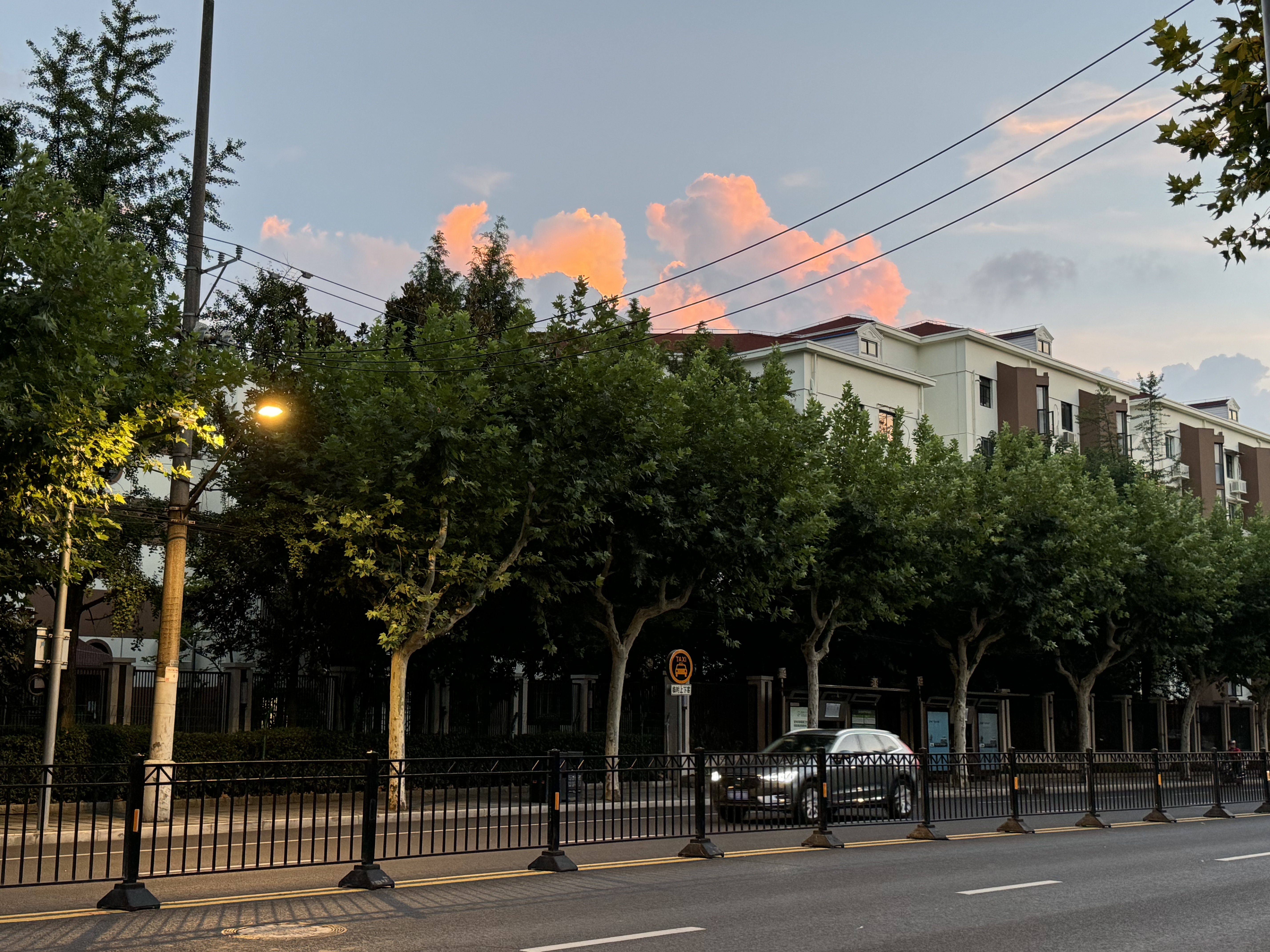A Midsummer Shanghai Dream
Published:
“美国的橘子包着纸; 遇到北平的带霜儿的玉李,还不愧杀!”
— 老舍 《想北平》
The English-speaking community casually tosses around the phrase “I’m in town,” as if it could capture the mere act of being present. Yet, I’ve always found this expression inadequate, even bland. “Town,” derived from the Anglo-Saxon “ton” (Hampton, Boston, Paddington), later evolving into the American “town” (Georgetown, Charlestown, Jamestown), feels far too pedestrian. Having spent my first sixteen years in Shanghai, “town” feels like a poor substitute for the vibrant life of a true city. When I say “the city,” I mean Shanghai - not New York, London, Hong Kong, or Tokyo - the unequivocally, unmistakably Shanghai.
As the aforementioned quote goes, “The American oranges are wrapped in paper; when they meet the frost-covered jade plums of Beijing, they can’t help but pale in comparison!” Each city has its own cultured attitude: Beijing turns regal and discerning in the face of the modern era; Paris embodies sophistication and artistry; Zurich exudes precision and understated luxury. And then there’s Shanghai - where sophistication dances with everyday simplicity, an effortless rhythm unique to this city, as known as “qiang diao” (腔调).
Should you be lucky enough to savor some real Shanghai cuisine, you won’t find caviar or black truffles, nor dishes crafted for Michelin stars. Instead, the allure lies in simplicity, in the everyday yet bound by stringent, almost ritualistic rules. Xiaolongbao, a delicate steamed bun filled with crab and pork, will enchant you with its first bite. But for the true locals, only the golden-claw crabs from Yangcheng Lake will suffice - and yes, we can tell the difference. Another seemingly humble yet intricate dish is Yanduxian, a pork soup enriched with bamboo shoots and tofu. The bamboo shoots must come from the tender tips of the first spring growth, and again, we know the difference. Equally delightful is Osmanthus Rice Wine Dumplings, a simple dessert that requires the freshest osmanthus flowers, harvested right before the Lantern Festival to release their fragrant sweetness. In Shanghai, it’s the mastery of the ordinary that creates something extraordinary.
Some might reduce Shanghai to a skyline of glass towers or dismiss its people as meticulous food critics. But in doing so, they overlook the city’s true heart - its “Hai pai” (海派) culture, the rich blend of East and West that shaped the city in the early 20th century. Imagine the Renaissance in a modern Chinese context: it gave rise to artists like Chang Dai-chien and Feng Zikai, and cultivated the city’s own language: Shanghainese. Just as Saint Petersburg wouldn’t be the same without Pushkin, or London without Shakespeare, Shanghainese would be little more than a dry, utilitarian script - like coding in Python - without the literary grace bestowed upon it by Eileen Chang. Her works draped the language in a wistful elegance, painting complex relationships against the harsh backdrop of history, where love and death seemed to falter under its relentless weight. Today, Shanghainese continues to evolve, from Zhou Libo‘s comedic wit to the stunning visuals of Blossoms Shanghai.
By night, Shanghai awakens. One of the safest cities in the world, it invites you to wander its streets well past midnight, when the true energy of the city begins to hum. The clubs pulse with life, Haidilao hotpot simmers at its peak, and the streets fill with those out for a late night stroll - what we call “轧马路” (yà mǎ lù). And if you’re seeking the world’s finest bars, you’ll find them at Flair and Speaklow, both internationally renowned.
But Shanghai’s real treasure lies in its people - the true citizens. It’s not about their education or wealth, but their attitude, their unmistakable charisma, something words can barely capture. Engage with just one or two locals who proudly claim they are from Shanghai, and you’ll begin to understand the ineffable charm of this city.

